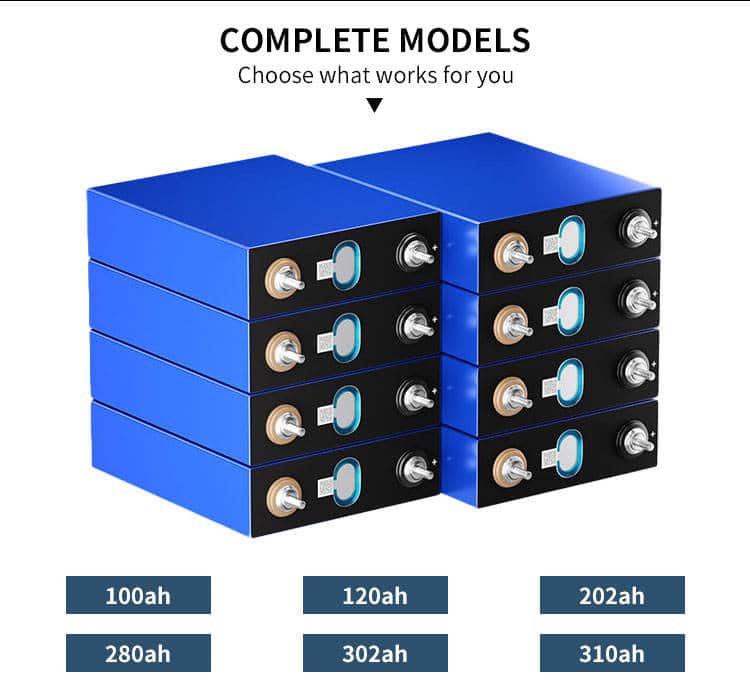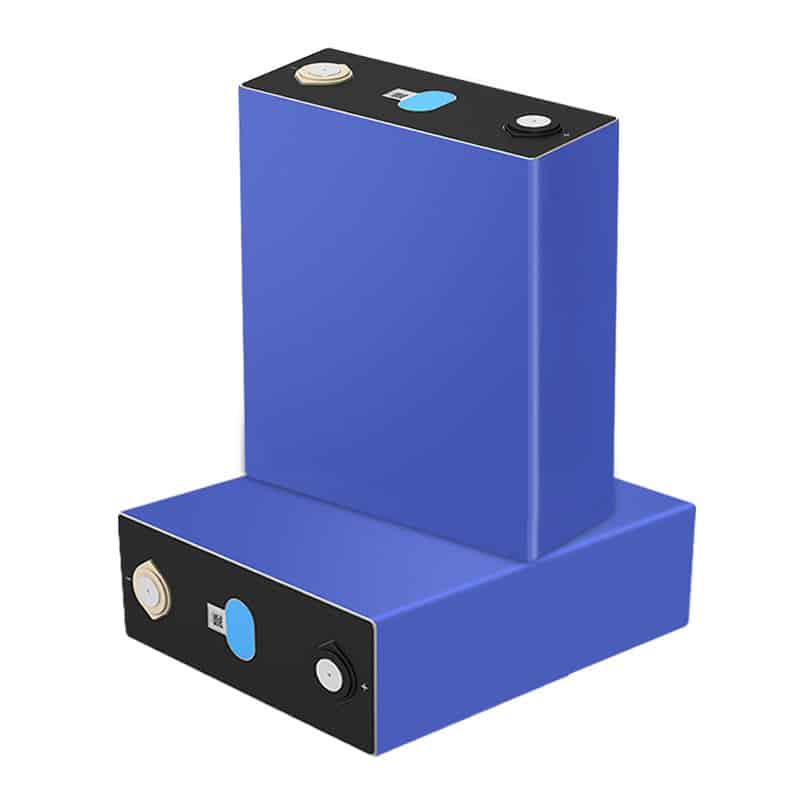Method for analyzing the composition of positive electrode materials for lithium-ion batteries
The composition analysis of positive electrode materials for lithium-ion batteries is mainly divided into main element composition analysis and doping element composition analysis. The analysis of doped element composition is relatively simple due to the low content of doped elements. According to the content and type of doped elements, absorbance, inductively coupled plasma emission spectrometry (ICP-OES), inductively coupled plasma mass spectrometry (ICP-MS), atomic absorption spectroscopy (AAS), etc. can be used.

Due to the high element content, the analysis of the main element composition can easily result in significant errors if conventional analysis methods with low impurity elements are used. So the main element analysis usually uses titration method. Chen Pingping studied the method for determining the content of nickel in positive electrode materials using dimethylglyoxime precipitation EDTA titration in the presence of a large amount of interfering elements such as manganese and cobalt. The research results indicate that the standard deviation of this method is less than 0.054, the coefficient of variation is less than 0.20%, and the recovery rate is between 99.63% and 100.5%.
According to GB/T30835-2014, the analysis of iron content in lithium iron phosphate is carried out using potassium dichromate standard solution titration method. The analysis of phosphorus content adopts the ammonium phosphomolybdate volumetric method. If the content of individual elements in the main element is relatively low, ICP-OES, AAS, etc. can also be used. Liu Ying and others have established an analytical method for Li in LiCoO2, a lithium-ion battery electrode material, and determined to use AAS and ICP-AES. This determination method is accurate, simple, and fast.


